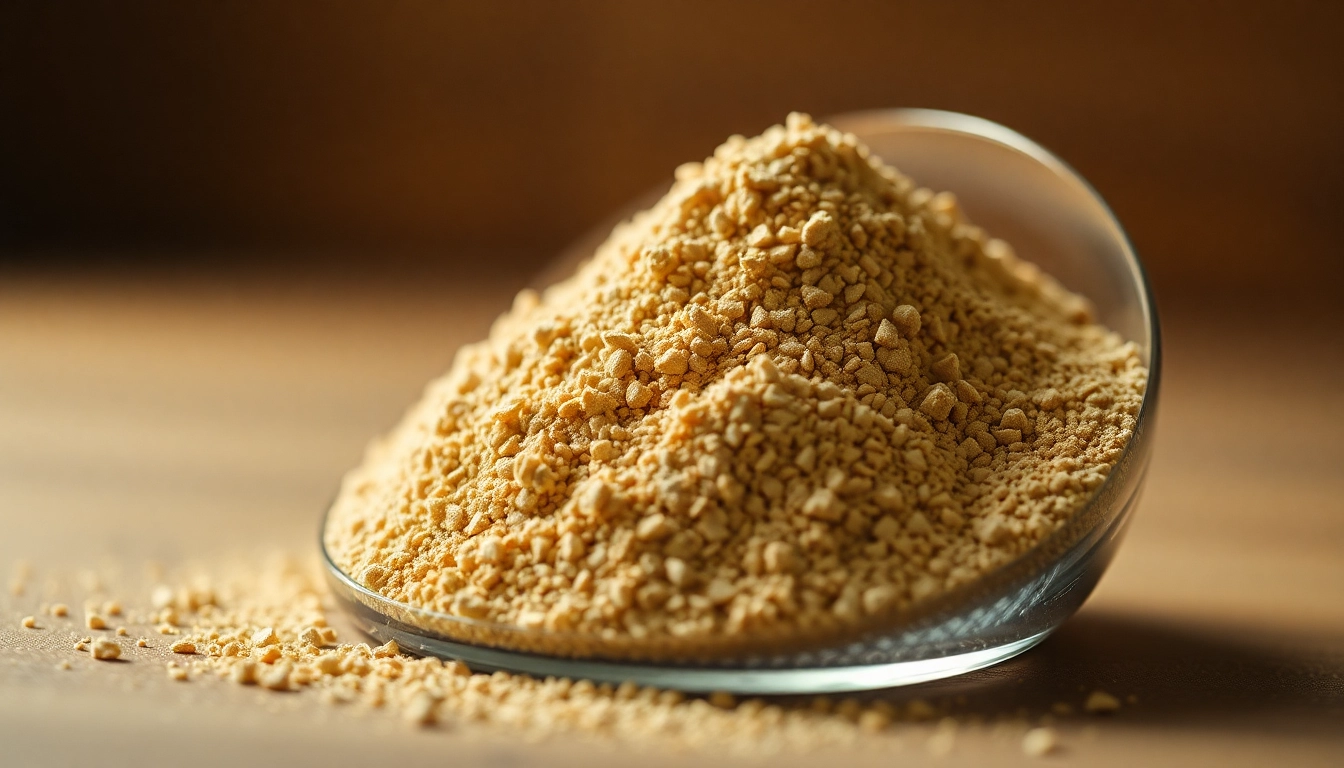Introduction to Kids Colouring Pencils
In a world teeming with digital stimuli, the allure of traditional art supplies remains undiminished. Kids colouring pencils embody a timeless tool for self-expression and creativity. These delightful tools invite children into a vibrant world of colors and imagination, helping them to not only produce art but also to develop critical cognitive skills and enhance emotional expression through creative play.
What Are Kids Colouring Pencils?
Kids colouring pencils are specially designed drawing instruments that come in various forms, sizes, and shades. Unlike standard pencils, these are often larger, non-toxic, and made with softer leads to provide a smoother drawing experience. They are an essential part of a young artist’s toolkit, ideal for enhancing motor skills, understanding colors, and channeling creativity in an engaging manner.
Different Types and Varieties Available
When exploring the market, you will find several types of kids colouring pencils, each tailored to different preferences and artistic needs:
- Wax Crayons: Ideal for younger children, these are easy to grip and create vibrant colors.
- Colored Pencils: Available in both standard and water-soluble varieties, these allow for more detailed artwork.
- Pastel Pencils: These offer a softer texture for blending and creating unique effects.
- Eco-Friendly Options: Made from recycled or sustainably sourced materials, these are perfect for environmentally conscious families.
Benefits of Using Kids Colouring Pencils
Colouring pencils are not just fun; they afford numerous developmental benefits:
- Fine Motor Skills: Manipulating pencils helps children develop dexterity and coordination.
- Cognitive Development: Engaging with colours enhances problem-solving skills and cognitive functions.
- Emotional Expression: Art allows for expressing feelings and thoughts that children may find hard to communicate verbally.
- Focus and Patience: Colouring requires concentration, promoting patience and persistence as children work on projects.
Choosing the Right Kids Colouring Pencils
Factors to Consider: Age and Skill Level
When selecting the best kids colouring pencils, consider the child’s age and skill level. Younger children often benefit from larger, thicker pencils that are easier to hold, while older kids might prefer thinner, more precise options that allow for finer detail.
Comparing Quality: Brands and Materials
Not all colouring pencils are created equal. It’s essential to compare brands and the materials used in their construction to ensure quality. Higher-quality pencils provide better pigmentation and a smoother application. Look for well-known brands that offer a variety of colours and are known for their durability and performance in the hands of children.
Tips for Selecting Non-Toxic Options
Children often engage with art supplies in playful ways, which raises concerns about safety. Always look for pencils labeled as non-toxic and safe for use by children:
- Check for certifications like AP (Approved Product) or CE marking.
- Research brands that prioritize health and safety in their manufacturing processes.
- Opt for products with natural pigments and ingredients to reduce the risk of allergic reactions.
Creative Uses for Kids Colouring Pencils
Fun Art Projects and Activities
Kids colouring pencils are incredibly versatile tools for a myriad of art projects. From basic doodles to intricate mandalas, children can explore a wide range of artistic expressions. Creating vibrant collages, custom greeting cards, or even designing a family mural are just a few examples of projects that encourage creativity and collaboration.
Incorporating Colouring into Learning
Beyond mere recreation, colouring can be a powerful educational tool. Incorporating colouring pencils into learning sessions can aid in lessons such as:
- Science: Kids can colour diagrams like the human anatomy or the water cycle to reinforce learning.
- Language Arts: Illustrating stories or creating visual word maps enhances comprehension and engagement.
- Mathematics: Colouring shapes or number patterns can make math more digestible and enjoyable.
Community Events and Art Classes
Community art classes and events offer exciting opportunities to expand kids’ horizons beyond their homes. These environments encourage shared experiences where children can learn new techniques, collaborate with peers, and even showcase their artwork to a broader audience. Local art fairs, workshops, and cooperative projects present unique platforms for budding artists to thrive.
Maintaining and Storing Kids Colouring Pencils
Best Practices for Keeping Pencils Sharp
Proper maintenance of colouring pencils can significantly extend their usability. Here are key tips for keeping them in top shape:
- Regularly sharpen pencils using a quality sharpener to maintain a fine point.
- Consider using a mechanical colour pencil for consistent sharpness and reduced breakage.
- Store pencils properly to prevent damage; avoid tossing them in bags where they can break.
Organising and Storing Colouring Supplies
A well-organized art station fosters creativity and motivation. Use clearly labeled containers, art boxes, or drawer organizers to keep colouring pencils and other supplies accessible and tidy. Encourage your child to help with the organization; this ensures they know where everything belongs and promotes responsibility.
Creative Ways to Display Kids’ Artwork
Displaying children’s artwork not only boosts their confidence but also transforms your house into a gallery of cherished memories:
- Use frames or clipboards to showcase seasonal or themed pieces.
- Set up a rotating display line using string and clothespins for an ever-changing art exhibition.
- Create a digital portfolio by scanning or photographing artwork to preserve pieces without taking up physical space.
Encouraging Artistic Expression with Kids Colouring Pencils
How Colouring Boosts Cognitive Development
Colouring has far-reaching implications for cognitive growth. It encourages children to think critically about color choices, balance compositions, and visualize their ideas in tangible forms. Engaging with art expands their ability to process information creatively, which is invaluable as they grow and face more complex tasks in their educational journeys.
Inspiring Creativity Through Family Activities
Family activities involving colouring can significantly enhance connections between family members while nurturing creativity. Set aside regular family craft nights where everyone can come together to draw, colour, and share ideas. This not only creates lasting memories but also instills a love for art in young ones.
Building Confidence in Young Artists
Every piece of art is a new chance for children to express themselves. Affirming their efforts, celebrating their work, and providing constructive feedback helps build their artistic confidence. Encourage children to share their artwork with friends and family, fostering public speaking skills and reinforcing their self-worth as artists.


